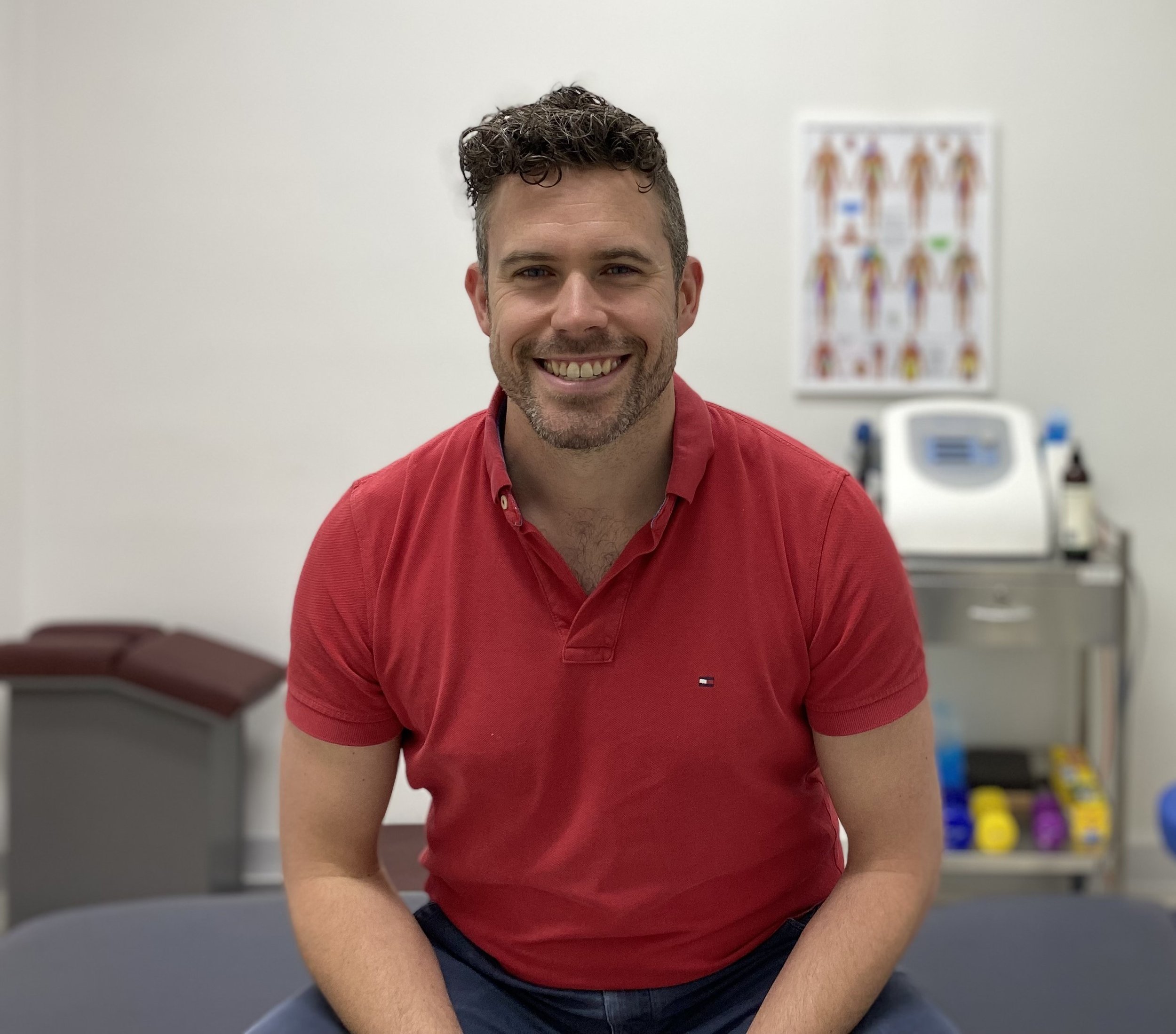What is Shoulder Bursitis and Shoulder Impingement
With the weather warming up again and people getting their homes and bodies ready for the ‘silly season’ we have seen a significant increase in patients asking us to help with their shoulder pain.
It’s not uncommon that after being ‘dormant’ through the winter that when we pick the tempo back up it ends up hurting somewhere.
Treatment for shoulder bursitis and shoulder impingement can alleviate a lot of pain for most people in the short and medium term. But to create lasting change the shoulder needs specific training to become strong and stable.
Most of these exercises can be done at home and require no or very little gym equipment. When weight is required a sand filled milk bottle will do the the trick!
In this blog post about shoulder bursitis and impingement I’d like to share with you some answers to common questions.
What is shoulder bursitis / impingement?
What can I do about it?
What treatments are there?
How can Southside Spine and Sport help me?
What is shoulder bursitis and shoulder impingement
Shoulder Bursitis is inflammation of the fluid-filled sac (the bursa) above the head of your shoulder but below a bone called the ‘acromion’. Usually bursitis is caused by overuse.
When healthy, a bursa is as thin as tissue paper, and reduces friction between two structures.
Very often bursitis co-occurs with shoulder impingement, even though they are technically two distinct problems.
Shoulder impingement is when a tendon (most commonly the ‘supraspinatus’ muscle tendon) rubs or catches when you raise your arm up.
What can I do about it
The best and safest option is to have a health professional diagnose your problem first. Researching on Google is great for narrowing down what condition you may have but seeing a professional before starting any exercise program is definitely recommended.
Many people can safely do exercises at home. In our clinic we give 3 exercises to all our shoulder patients to build a strong foundation for healthy movement.
Depth push-ups or dips.
These are done with a larger range of motion to healthily expose the shoulder to movements it may not be experiencing in your daily life.
Seated External Rotators.
These movements can be done on a bench or on the floor. The external rotator muscles of the shoulder perform important stabilising and decelerating functions.
Trap 3 Raise.
The Trap 3 Raise can be done with one arm at a time or both at the same time. If you prefer to do both arms together you may need special equipment to position yourself safely.
Note that with the single arm variant you don’t need a work out bench, you can lean on just about anything, providing it is stable.
What treatment options are there
Conventional Management
Normal management involves “active care” and “passive care”. Treatments are considered “passive care” and can be used to improve your shoulder’s range of movement and reduce pain. The second part of care is “active care”. Usually this is some home exercises, activity modifications and lifestyle advice.
Shockwave Therapy
In many places Shockwave Therapy is quickly being recognised as a low-risk intervention that can help when conventional therapy fails. For many people it should be considered before a steroid injection.
Steroid Injection
Steroid Injections are often given under ultrasound guidance to ensure they reach their target. After a steroid injection it is important to still continue to do shoulder exercises. Subsequent steroid injections carry a risk of damage to surrounding tissues, such as tendons and bone.
Surgery
Surgery is the last resort but is sometimes necessary. This always involves referral back to your GP and on to a surgeon for further analysis and treatment. After surgery you will be referred to a physiotherapist who works with the surgeon for rehabilitation.
How can Southside S&S help me?
If Steroid Injections are required or referral for a Surgical opinion is required, we can assist you to get to the right health professional. In most cases, a letter to take with you back to your GP with some information about your shoulder and what we have done so far is all that is necessary.
In our clinic we can help in two ways.
Conventional Management
Shockwave Therapy
All of our shoulder pain patients will receive hands on manual treatment as a first response. After treatment we usually give some advice on how to manage your shoulder pain over the next 6-12 weeks. After 1 or 2 sessions of treatment and when you’re feeling less pain and moving easier we then give exercises. Most exercises can be done just once per day.
The 3 exercises I most commonly recommend are pictured above (in the “what can I do about it” section of this article).
Shockwave Therapy is a treatment option that is garnering a lot of attention in recent years for its effectiveness.
Shockwave Therapy is expensive and usually charged at a premium. Anywhere between an EXTRA $50 to $80 on top of consultation charges is standard practice.
At Southside Spine and Sport we are shaking up the landscape and offering Shockwave Therapy at no extra cost. It is included in our consultation fees.
It is always best practice to ask a professional for their opinion and get a diagnosis before starting an exercise program. However, some patients choose to try modifying their work outs and incorporate these exercises before seeking professional help.
For those who choose that we insist at these movements must be pain free. Working through mild resistance or discomfort can be okay but pain is never okay to work through.
Author - Dr Russell Jensen
Southside Spine and Sport Principal Chiropractor
When you’re ready to see how we can help you, click below







